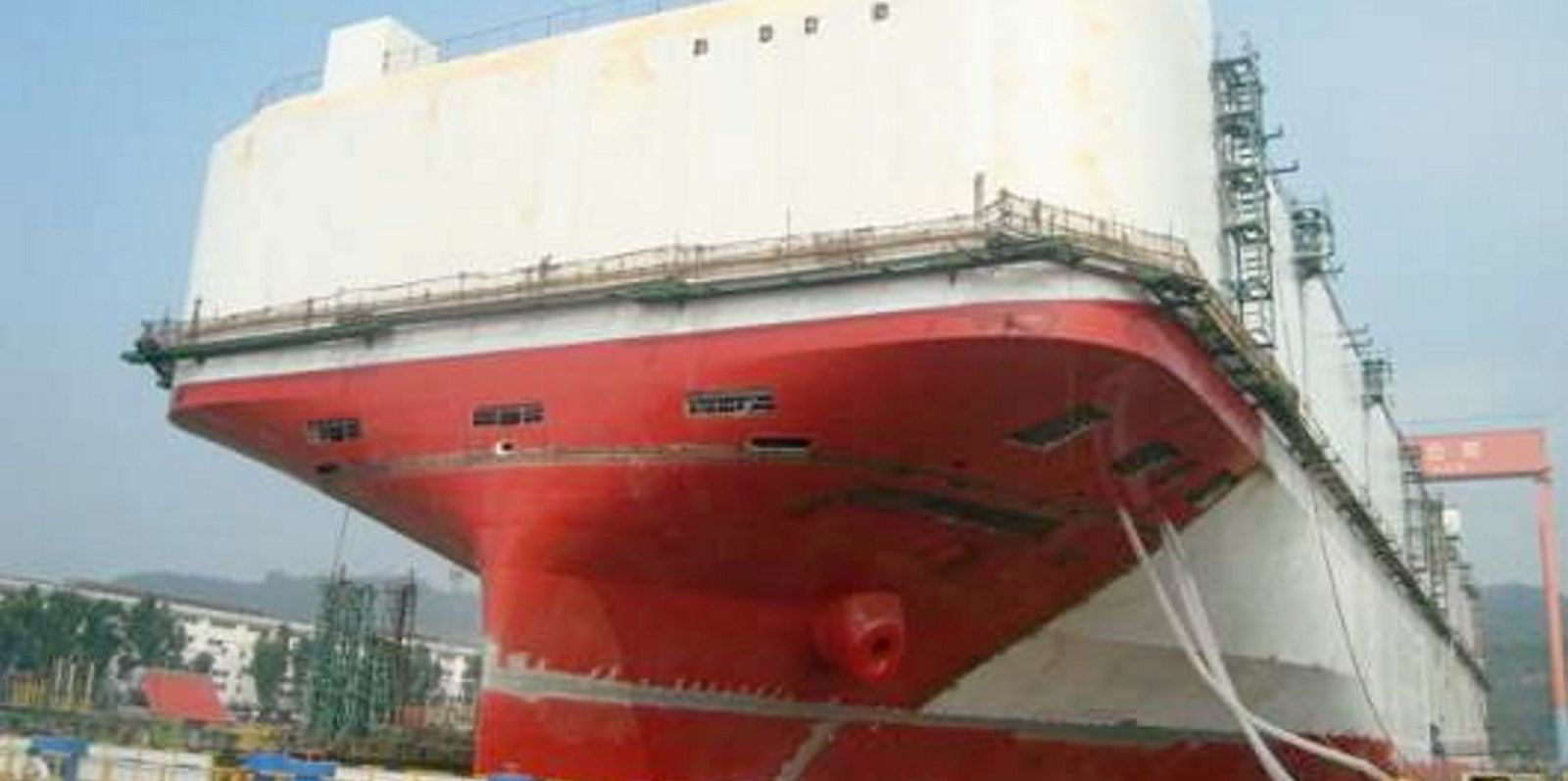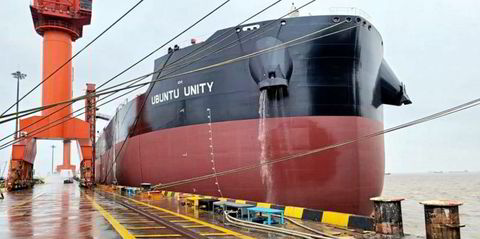Clarksons Research has been taking a look back in time as a way of marking 29 years of tracking shipping through its Shipping Intelligence Weekly (SIW).
The publication has reached issue number 1,500 after beginning with its first in January 1992, two years after TradeWinds started printing its own weekly.
Since then, SIW has had plenty to cover, with continuing growth seen in both fleet numbers and trade volumes.
Clarksons Research analyst Trevor Crowe said the landmark edition "provides an ideal opportunity to look back at how the shipping sector has evolved over the last 500 issues since December 2011, as well as all the way back to the very first issue in early 1992".
Seaborne trade in 1992 totalled 4.5bn tonnes.
By 2001 and issue 500, this had risen by 1.9bn tonnes to 6.4bn tonnes, while the following 10-year period to 2011 and issue 1,000 saw 3.1bn tonnes added.
This took the total to 9.5bn tonnes as volumes in the 2000s were "turbo-charged" by China's rapid economic development, Crowe said.
Bouncing back from Covid
"We estimate that trade will reach 12bn tonnes in 2021, bouncing back from the impact of Covid-19 last year," he added.
That's a "very respectable" extra 2.5bn tonnes over the last 10 years, representing growth of 26% or 31% in tonne-mile terms, the analyst argues.
Just over half of this growth is accounted for by dry bulk, with container ships adding 25%, the data reveals.
The global shipping fleet now stands at 1.48bn gt, with a substantial 0.44bn gt added since issue 1,000 in 2011.
With newbuilding deliveries still firm into the 2010s as ships ordered before the global financial crisis continued to enter the fleet, this is similar to the 0.46bn gt added between issues 500 and 1,000, Crowe said.
Since issue 1,000, fleet capacity has grown by 43%, with the bulker and container ship fleets expanding by more than 50%.
This is noticeably faster than trade, leading to periods of oversupply, Crowe added.
However, some of the growth has been offset by slower average vessel speeds.
Clarksons Research calculates that tanker, bulker and boxships are travelling between 15% and 25% more slowly since 2008.
The shipyard orderbook has also seen significant changes.
Vessels contracted now equal just 11% of the existing fleet in gross tonnage terms. In 2011, this ratio was 26%.
All very different in 1992
This is all a far cry from issue one, Crowe said.
"Our statistics back then didn't cover every sector we track today but recorded total capacity at 380m gt, just 26% of today's total," he added.
As for ship earnings, these have been mixed over the last 500 issues.
From 2011 to today, the ClarkSea Index of main vessel rates averaged $13,497 per day, similar to the $12,558 between issues one and 500.
But the "supercycle" in the 2000s stood out, with the index averaging $21,793 per day from 2001 to 2011.
"However, with exceptional container and bulker markets, the run-up to issue 1,500 has been especially impressive," Crowe said.
In the last six months, the ClarkSea Index has averaged $34,914 per day, and recent levels have been in the top 2% of all values since 1990, with disruption upside from Covid-19 helping to drive a steep increase, the analyst revealed.
Crowe is already looking forward to the next 500 issues.
He predicts big changes ahead as the green transition kicks in and trade patterns shift.






